In the last post, I began a general story about the PRISM service being developed. In this post I will give a coupleexamples of situations that our service willfind and provide information about which to traders. Here is one of the models posted on the onix-trade forum last year on the GBPCHF instrument, 4-hour time frame. The level of intersection of the lines is called the calculated 6th point (calculated point 6) and is a level near which, with some probability, either a correction or a trend reversal will begin.
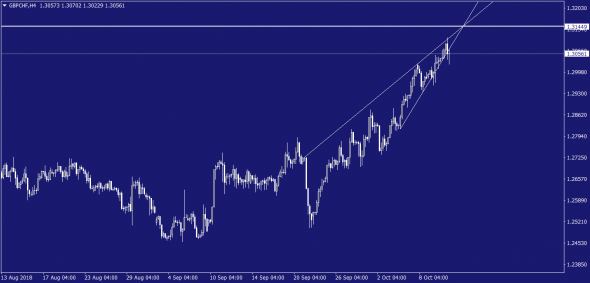
http://www.onix-trade.net/forum/index.php?threads/3-10-gbpchf.92430/#post-493248
We have heuristic evaluation technologythe probability of a reversal or correction, calculations for which indicated a promising trading situation. In fact, a large correction occurred, which began slightly below the level of t.6.
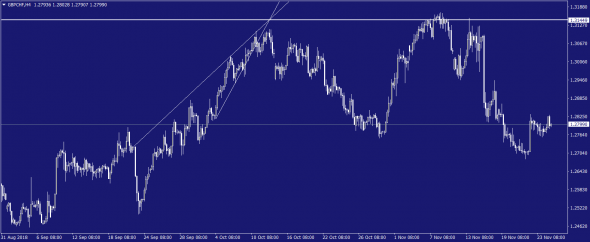
http://www.onix-trade.net/forum/index.php?threads/3-10-gbpchf.92430/#post-494193
The price's shortfall to the level lies withinpermissible error, which allowed us to conduct a successful transaction. Subsequently, the price returned to level 6 again, but we no longer considered this as a trading situation. This is one example of a successful forecast that led to a successful trade. The model that is depicted in the graph is called the External Attraction Model (EPM) and is our unique technique.
Next I will give an example of a model that came toto us from the well-known group of methods Tactica Adversa. In PRISM we use the basic rules for selecting extrema of the above system. But the merits of the limitations, additions and interpretations that TA has acquired over the years are not always obvious to us from the point of view of statistical analysis, so the methods we use ultimately differ in detail.
So, here is the Expansion Model Attraction Model (EMMP), published in real time on onix-trade last year on the GBPCHF instrument, but on the hourly time frame.
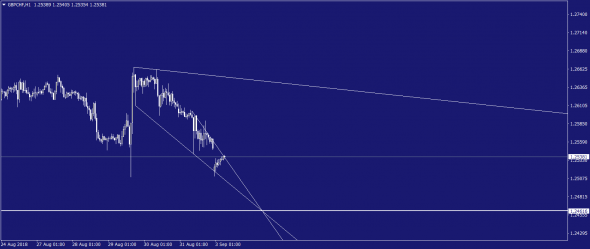
http://www.onix-trade.net/forum/index.php?threads/3-10-gbpchf.92430/#post-492922
And here is its working out:
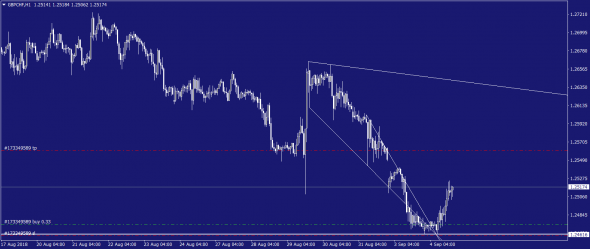
http://www.onix-trade.net/forum/index.php?threads/3-10-gbpchf.92430/#post-492943
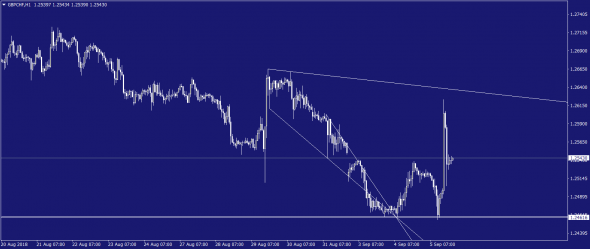
http://www.onix-trade.net/forum/index.php?threads/3-10-gbpchf.92430/#post-492947
The correction was not too long, but it also allowed us to close part of the position at take profit, and the second part at a shortened stop. The result is a profit.
And the last example in this post is to illustrate that not everything always works out. The other day I published a forecast on the 15-minute timeframe for the AUDJPY instrument. This is also VMP.
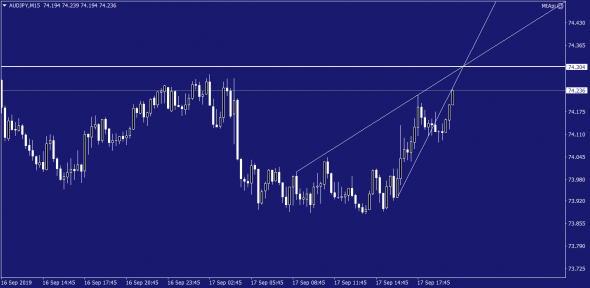
http://www.onix-trade.net/forum/index.php?threads/audjpy.92725/#post-529790
This model indicated the end of the flat athigher timeframe, and for the 15-minute chart this is a full-fledged trend reversal. The reversal from point 6 occurred within the permissible error of model development. It’s just that because of the need to maintain a favorable ratio of stop loss to take profit within my trading system, the order to open a transaction was a little higher (I was ready to open with a 6% loss, but the price did not reach the 6th points by 7%). So, despite the fact that the forecast was correct in principle, the deal unfortunately did not go through.
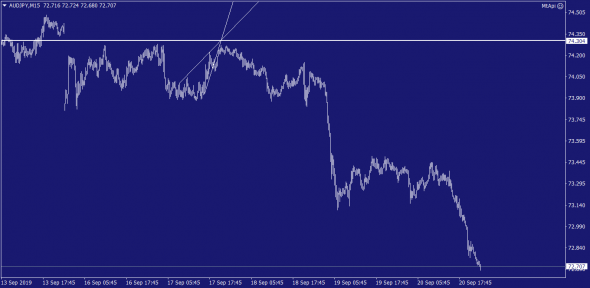
http://www.onix-trade.net/forum/index.php?threads/audjpy.92725/#post-529986


